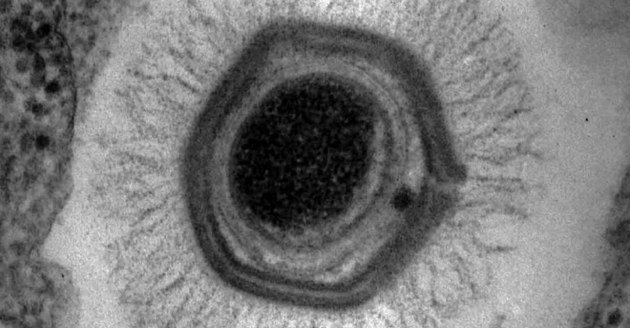(Reuters) - People who want the new $200 Apple iPhone 4S may have to get in line on Friday because U.S. wireless phone carriers appear to have sold out.
Sprint Nextel (S.N), which is selling the iPhone for the first time, said it sold all of its $200 iPhone 4S and is not taking back orders. Sprint still is selling more expensive versions of the phone with higher memory.
Rival AT&T (T.N) said on its website on Monday afternoon that customers ordering the same iPhone at that point would not receive their phones for another 21 to 28 days. Verizon's website said it will ship the phones by October 20.
Orders for the latest iPhone, the last product the company introduced before the death of its co-founder Steve Jobs, surpassed 1 million in the first 24 hours, beating Apple's previous one-day record of 600,000 sales for the iPhone 4, according to Apple.
The news pushed the company's shares up 5 percent to close at $388.81 on the Nasdaq stock market.
The new phone, which will appear on store shelves this Friday, disappointed some fans when Apple introduced it last week, but it is proving to be a bigger draw because more telephone companies are carrying it and it will appear in more countries, analysts said.
Another big factor may be Jobs. Massive outpourings of grief and sympathy over his death last Wednesday at the age of 56, along with testaments to his genius and status as a visionary business leader in the media and by Apple products users online may have spurred sales,
"Many potential Apple customers, who have been on the fences before, will probably now want to (buy) it," said Steven Osinski, marketing professor at San Diego State University. "It's no different than when John Lennon was assassinated, sales of Beatles records shot up for a little while."
The initial scepticism from fans on the iPhone 4S was overridden by their desire to honour Jobs, said Barbara Sullivan, Managing Partner of Sullivan, a branding and marketing agency.
"The preorders may also be part of respect for what Jobs has done," she said. "It's almost like putting flowers by his headquarters."
Chief Executive Tim Cook said in a memo to staff on Monday that a celebration of Jobs' life will be held on October 19.
The employee event will be held at an outdoor amphitheatre at Apple's headquarters in Cupertino, California, Cook said in the memo, a copy of which was obtained by Reuters.
"Like many of you, I have experienced the saddest days of my lifetime and shed many tears during the past week," Cook said in the email memo. "And I've found comfort in both telling and listening to stories about Steve."
BIGGER ROLL-OUT
The iPhone 4S, which many Apple watchers saw as a minor follow-up to its previous model and featuring only incremental hardware upgrades, is going on sale in seven countries. The previous version was introduced in five.
Stores in the United States, Australia, Canada, France, Germany, Japan and the UK will start selling the device on Friday. It will be available in 22 countries by the end of October, Apple said.
"It had everything people wanted. The market was disappointed, but the customers looked past the headline to see the content of the device itself," said Hudson Square analyst Daniel Ernst.
The 4S is on the Sprint network, AT&T Inc (T.N) and Verizon Wireless -- three carriers for the first time in United States. In Japan, Apple added KDDI Corp (9433.T) as a distributor.
"Part of what's going to make this roll-out so much bigger is that the availability of the product is going to be much better," said Michael Yoshikami, CEO of YCMNET Advisors, which owns Apple shares. "You are going to see sales records set at a faster pace than people really would expect."
Analyst Colin Gillis said Apple still has a long way to go to meet Wall Street's sales expectations.
"It's not the first million. We know there's a large loyal base of users. They need to sell more than 20 million of these in this quarter to hit estimates," said Gillis. "Apple needs to break records to hit expectations."
Apple also must try to stem market share gains by phones running Google Inc's (GOOG.O) Android software. Samsung Electronics Co Ltd (005930.KS), which uses Android, is catching up with Apple in worldwide market share.
AT&T, which had exclusive U.S. rights to sell the iPhone for more than three years, took more than 200,000 orders for the 4S in the first 12 hours after it went on sale.
News From - http://www.reuters.com/article/2011/10/11/uk-apple-iphone-idUSLNE79A02B20111011

 CAFFEINE
CAFFEINE
 GUARANA
GUARANA GINSENG
GINSENG TAURINE
TAURINE